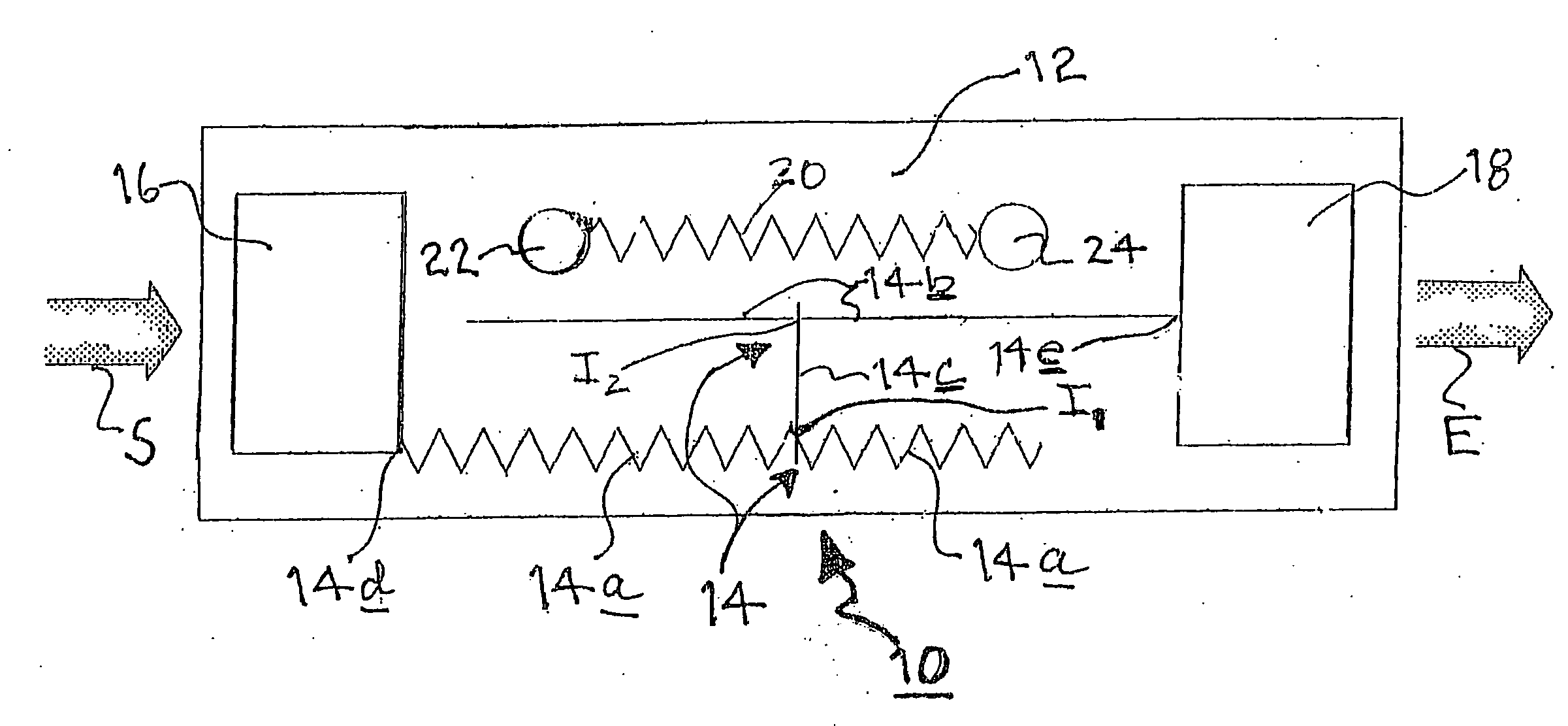Delay units and methods of making the same
a technology of delay time and delay unit, which is applied in the field of delay time units, can solve the problems of increasing the delay time provided by the device, increasing the cost of electronic delay units, and inherently limited in the achievement of consistently accurate and precise delay times by burning columns of pyrotechnic materials. achieve the effect of slowing down the burn rate, increasing or reducing the burn rate of timing strips, and good connection
- Summary
- Abstract
- Description
- Claims
- Application Information
AI Technical Summary
Benefits of technology
Problems solved by technology
Method used
Image
Examples
example 1
[0083] The nanosized materials used in this Example are all commercially-available materials supplied by Nanotechnologies Inc. of Austin, Tex. Mixing of the nanosized materials with a liquid was carried out by placing the nanosized materials and the liquid in stainless steel beakers and inserting into the mixture an ultrasonic horn which was operated intermittently with equal duration on-and off periods with the beaker being rotated about the horn. Mixing was conducted for about fourteen minutes while the temperature of the mixture was raised by the ultrasonic mixing from about 19° C. to about 45° C. The mixture was then decanted onto a stainless steel pan to form a thin film on the pan, which was heated at 70° for 1½ hours. The resulting dried material was flaked off the pan with a brush and collected. The collected dried material was then blended into a nitrocellulose lacquer in each case, as follows.
[0084] 0.18 milliliters (ml) of n-butyl acetate
[0085] 0.13 ml of nitrocellulose...
PUM
 Login to View More
Login to View More Abstract
Description
Claims
Application Information
 Login to View More
Login to View More - R&D
- Intellectual Property
- Life Sciences
- Materials
- Tech Scout
- Unparalleled Data Quality
- Higher Quality Content
- 60% Fewer Hallucinations
Browse by: Latest US Patents, China's latest patents, Technical Efficacy Thesaurus, Application Domain, Technology Topic, Popular Technical Reports.
© 2025 PatSnap. All rights reserved.Legal|Privacy policy|Modern Slavery Act Transparency Statement|Sitemap|About US| Contact US: help@patsnap.com



